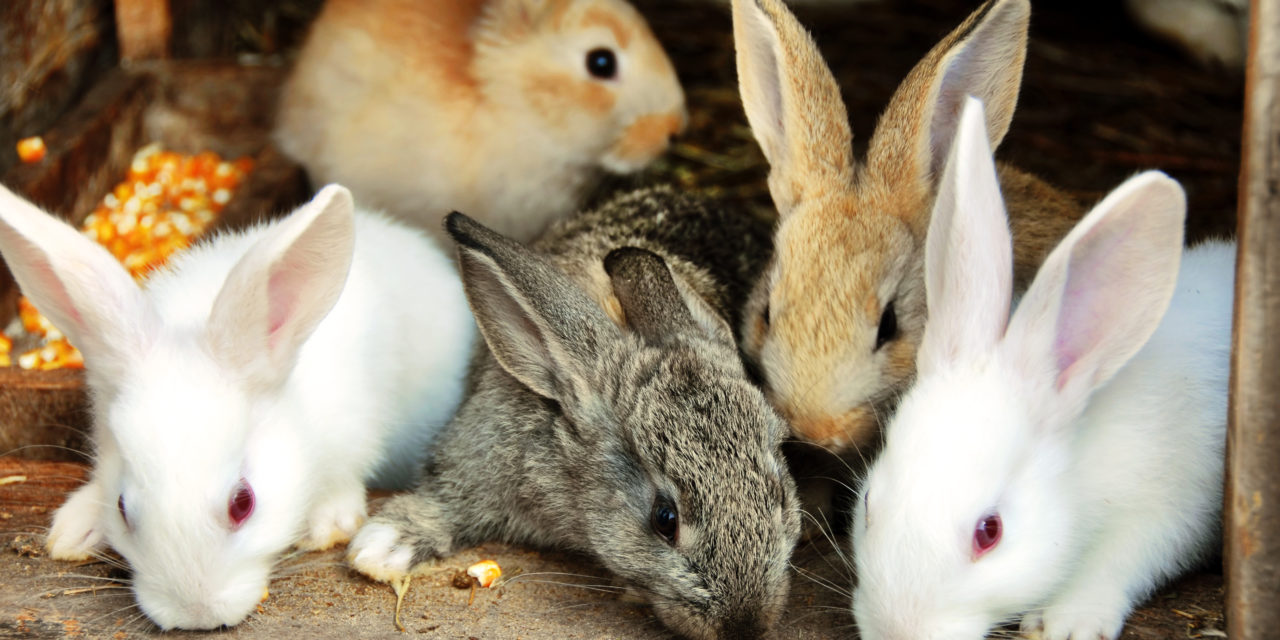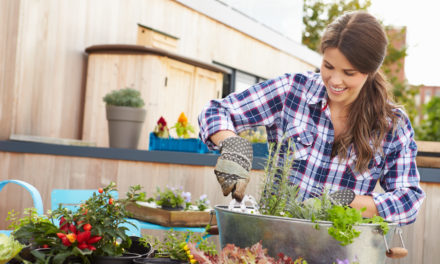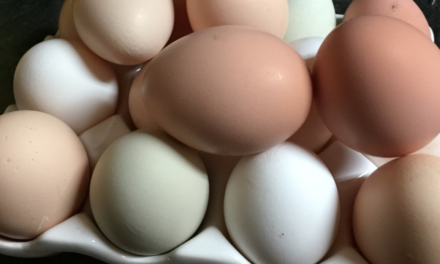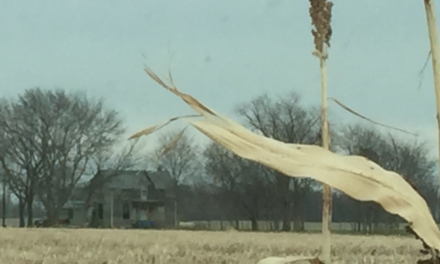Have you ever heard of Rabbit Therapy? Come home from an exasperating day, kick off your shoes and relax while you pet your bunny. They are so calming that alone, makes them an asset to any household but there are many side benefits to raising rabbits.
Their manure is the only manure that you can apply directly to a garden without a burn. Rabbit manure is higher in nitrogen and phosphorus than other manures and has additional potash as well. I use it on my raised beds as an amendment following my first spring crop without worry of scouring the new seedlings. Many avid gardeners keep rabbits just for the” by-products” as it improves soil texture and drainage. The only caveat is feeding your bunnies local alfalfa hay. Any weeds that might be in the hay may pass through the rabbit so if you are using local hay, compost it first.
A female rabbit is called a doe. A male rabbit is a buck.


A spotted bunny is called broken. A baby bunny is called a kit.

The darker kit in the foreground is the runt-baby. Incredibly, when the runt gets to solid food, it will gain weight and in short order, you cannot tell any difference between siblings. When a doe gives birth, she is kindling, and she is said to have kindled a litter. I am explaining the terms to a guest on the farm when he said, “Wow! I didn’t even know rabbits could read let alone use a kindle!” Ha-ha.
In the wild, a doe only comes to her nest once a night to feed her young, so please do not disturb a nest thinking the mother has abandoned the kits. Rabbits are on the lower end of the food chain, so they are protecting the location of the nest by infrequent visits.
The American Rabbit Breeders Association (ARBA) recognizes over 50 individual breeds of domestic rabbits. With so many to choose from, there is a breed that will suit any household. Buchheit offers a variety year-round. Have you hugged your bunny today? Have fun!






